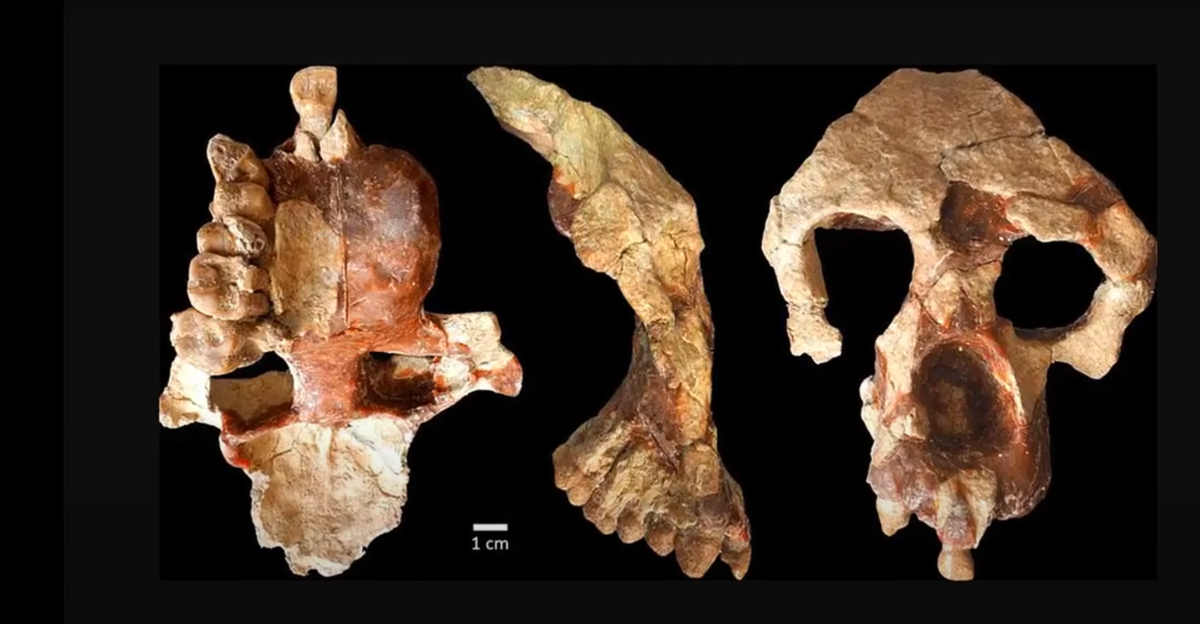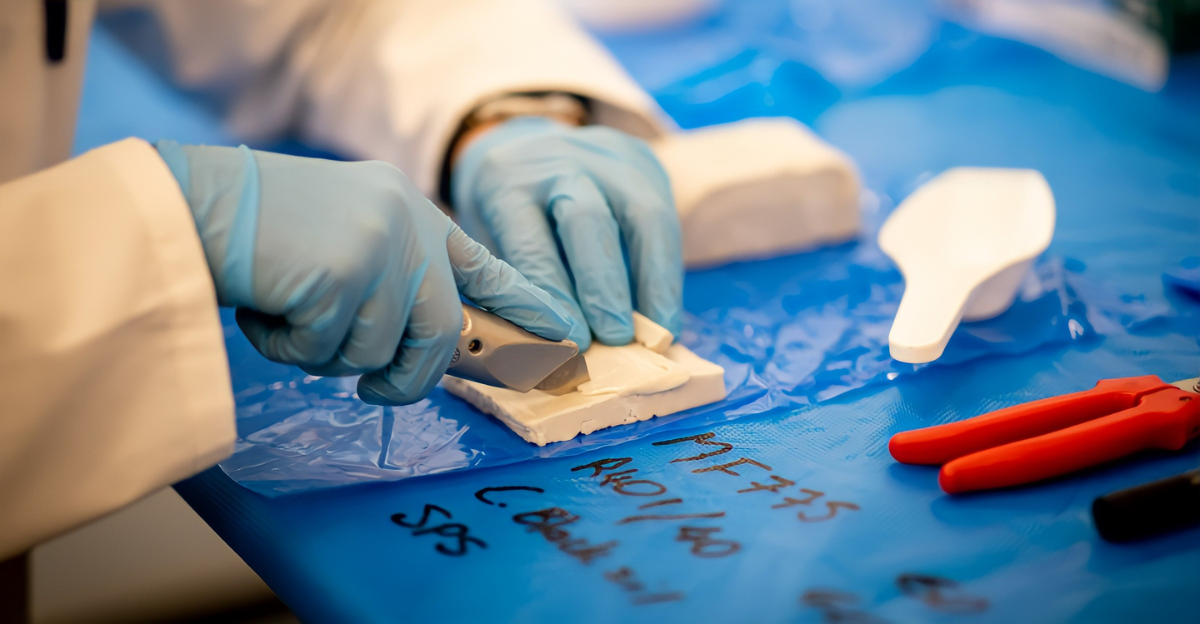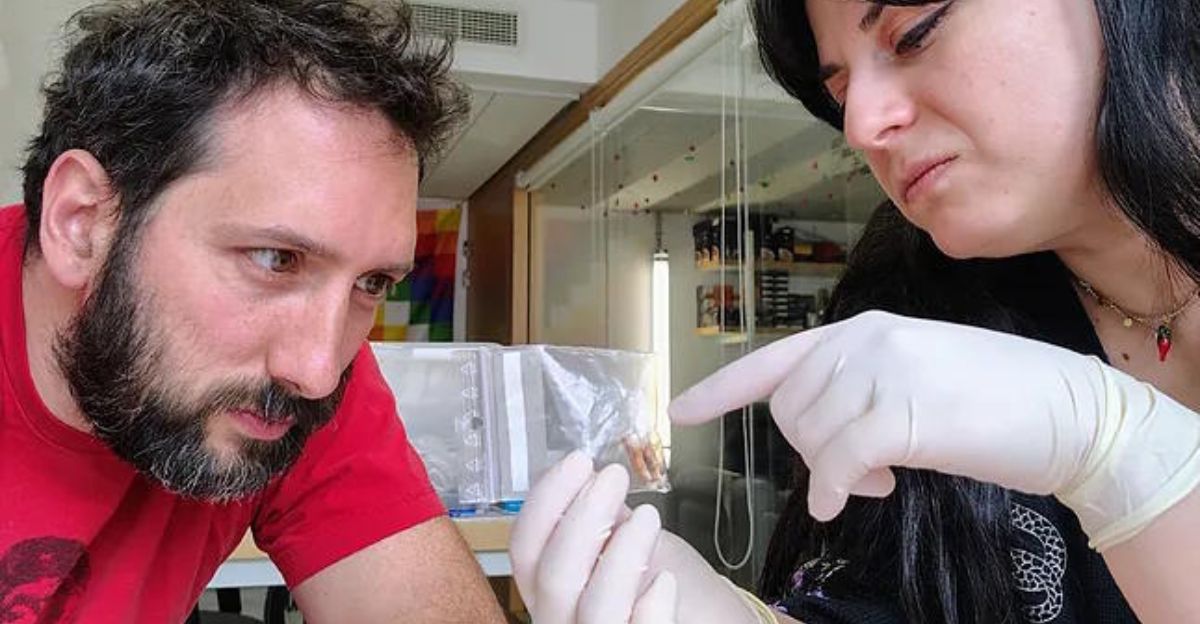
For centuries, it was widely believed that diseases such as leprosy had arrived in the Americas exclusively with European explorers and settlers.
However, new research from the Institut Pasteur in Paris revealing a shartling truth: a species of bacteria that causes leprosy, Mycobacterium lepromatosis, was alive and well in the Americas for at least 1,000 years before the first Europeans arrived.
This discovery fundamentally changes our understanding of disease history in the New World and challenges long-held assumptions about the origins of “European diseases” in America.
The Discovery of a Second Leprosy Bacterium
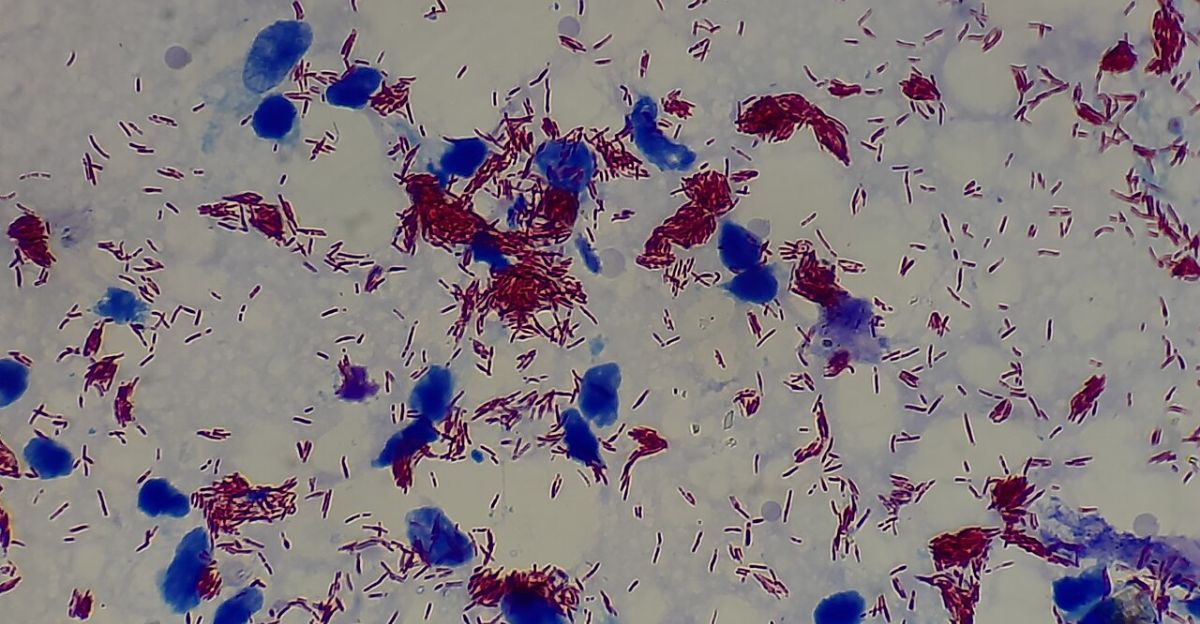
Leprosy was previously believed to be caused by a single bacterium, Mycobacterium leprae, that exists at a global level. The new study now identifies a second species, Mycobacterium lepromatosis, which was also infecting Indigenous populations many centuries before the Europeans arrived.
This bacterium’s presence in the ancient human remains from Argentina and Canada suggests it was widespread across North and South America, rewriting the timeline of leprosy’s arrival and spread in the hemisphere.
Genetic Clues From Ancient DNA

Using advanced genetic reconstruction techniques, scientists analyzed over 800 DNA samples from ancient remains and recent medical cases.
The genomes of Mycobacterium lepromatosis from different regions were closely related, suggesting rapid and extensive spread of this pathogen throughout the Americas.
This genetic evidence indicates leprosy was endemic among Indigenous populations long before Europeans colonization.
Collaboration with Indigenous Communities

The research was conducted in close collaboration with Indigenous communities, archaeologists and international institutions.
This collaborative approach ensured respectful treatment of ancient remains and enriched the study with cultural and historical context.
Such cooperation underscores the importance of including Indigenous perspectives in the scientific research that touches on their heritage and history.
Implications for Understanding Human History
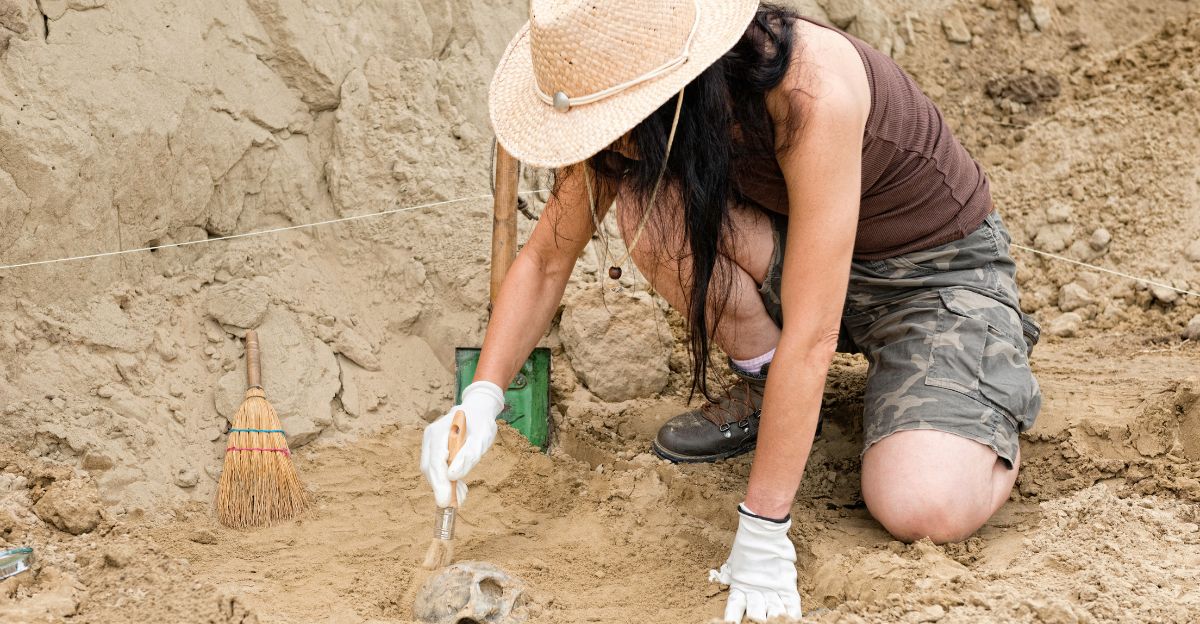
Lead author Nicolás Rascovan emphasized that this discovery enables scientists to rethink human history in relation to disease.
It introduces new hypotheses about the existence of unknown animal reservoirs and the global movements of pathogens.
The research demonstrates how infectious diseases have complex histories intertwined with human migration and ecology, far beyond previous Eurocentric narratives.
Leprosy’s Impact and Modern Relevance
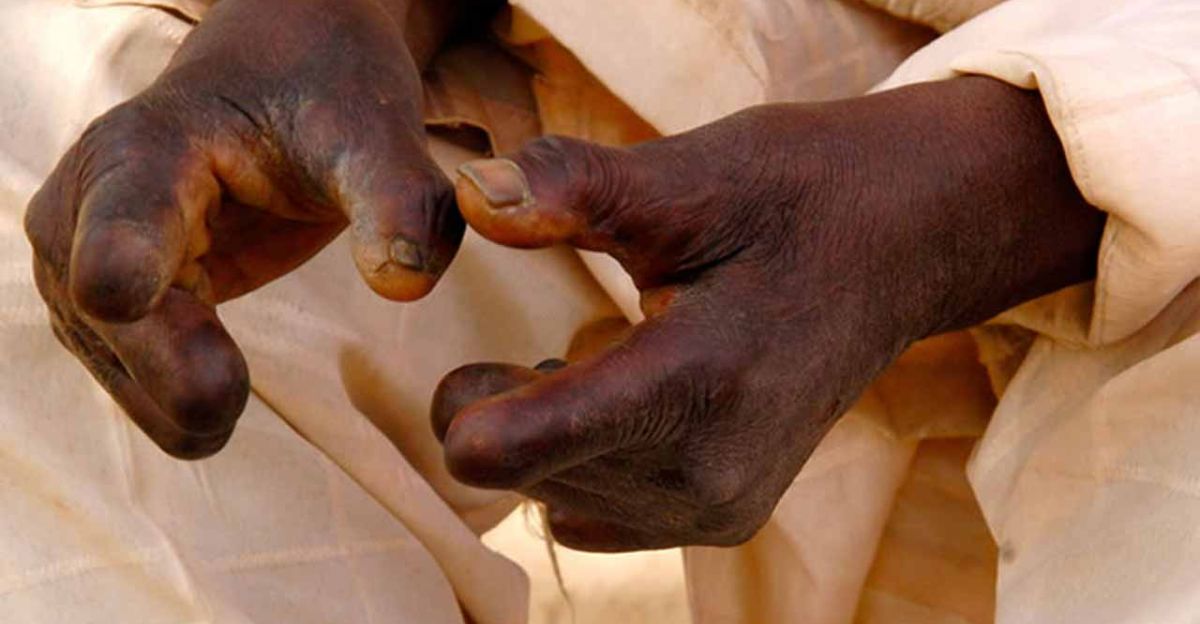
Leprosy, also known as Hansen’s disease, affects the nerves, skin and eyes and can lead to severe disability if left untreated.
According to the Centers for Disease Control and Preventio (CDC), about 225 people in the U.S. and 250,000 worldwide contract the disease annually.
Understanding its long-standing presence in the Americas could improve historical epidemiology and inform current public health strategies.
Challenging the “European Disease” Label

This study questions the simplistic characterization of certain diseases as “European” imports. It reveals that Indigenous people had endemic diseases of their own, some of which until now had gone unrecognized or misattributed.
This complexity is important to understand in order to more respectfully and accurately understand the Indigenous health histories and the imapcts of colonization.
Broader Implications for Archaeology and Anthropology
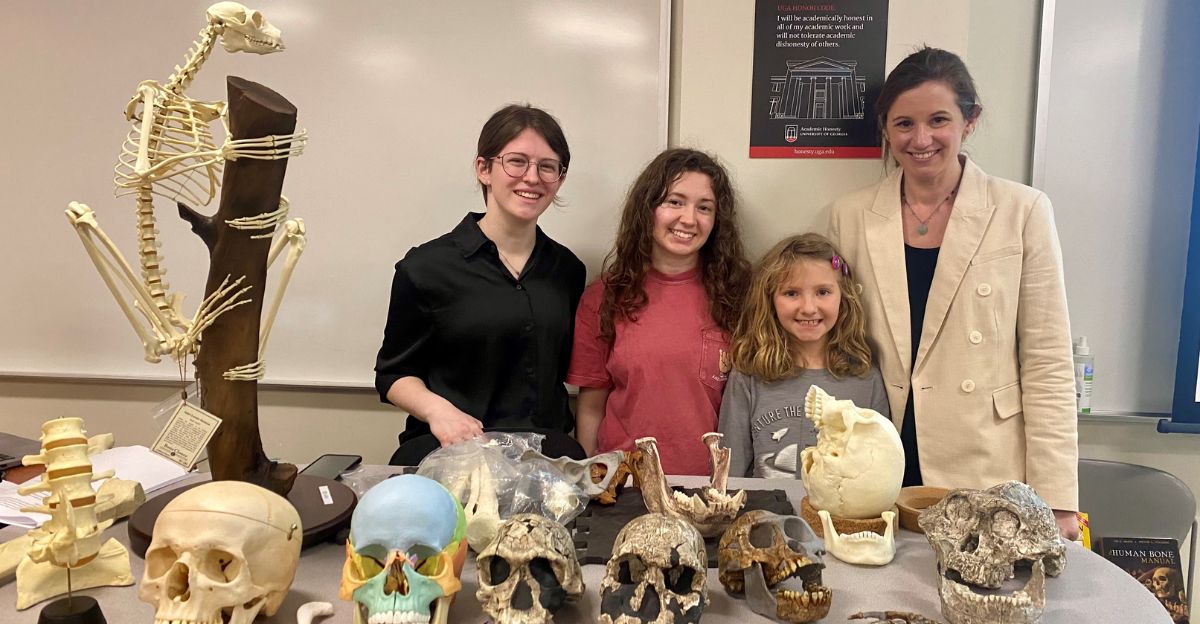
The discoveries encourage archaeologists and anthropologists to reconsider timelines and interactions between humans and pathogens.
Ancient tools and remains now gain new significance as potential sources of biological data. This interdisciplinary approach enriches our knbowledge of pre-contact Indigenous life and the diseases thye faced.
Future Research Directions
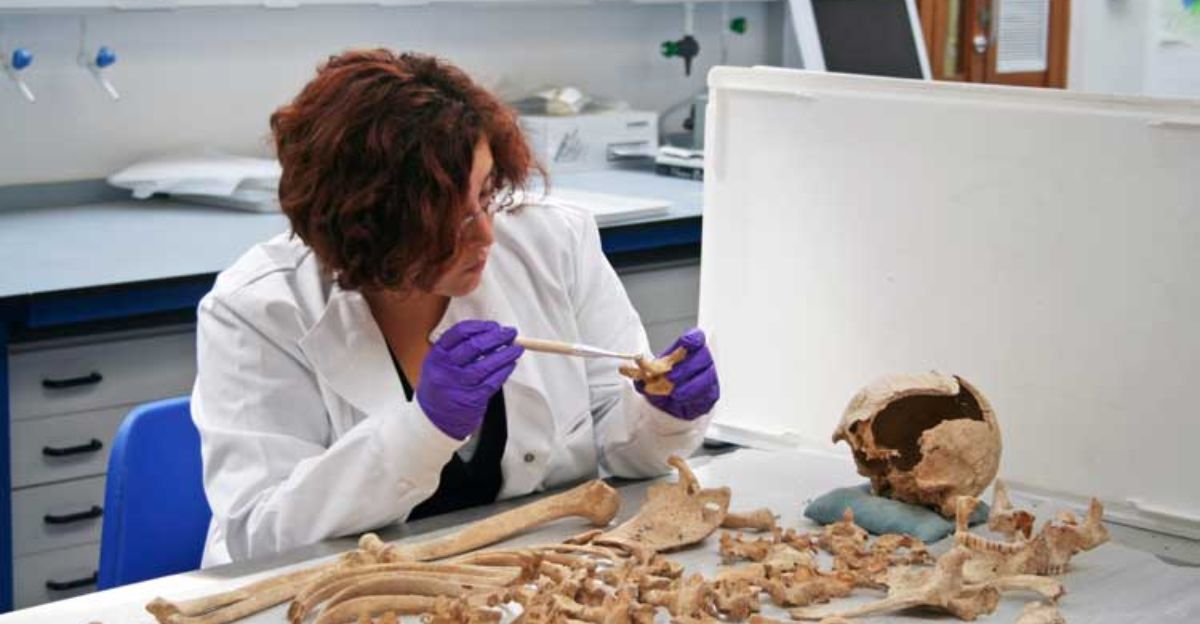
Scientists are now exploring the possibility of unknown animal reservoirs for Mycobacterium lepromatosis and how these bacteria moved globally.
With continued genetic and archaeological studies, more information on the origins and evolution of leprosy and other diseases is likely be revealed, changing our understanding of ancient epidemiology and human–pathogen relationships.
A New Chapter in the History of Diseases
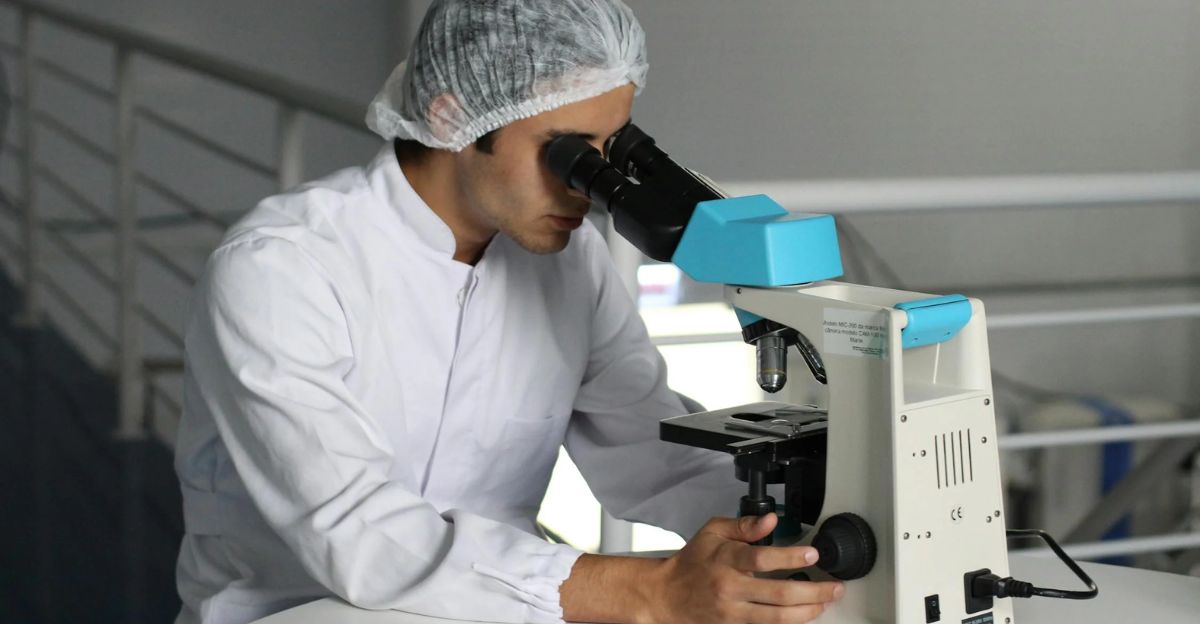
This historic investigation marks a new chapter in the history of infectious diseases in the Americas. It illustrates the complex and dynamis nature of disease ecology before European contact and calls for a reassessment of historical narratives.
By revealing that leprosy was endemic long before settlers arrived, it invites a more nuanced view of Indigenous health and disease.

